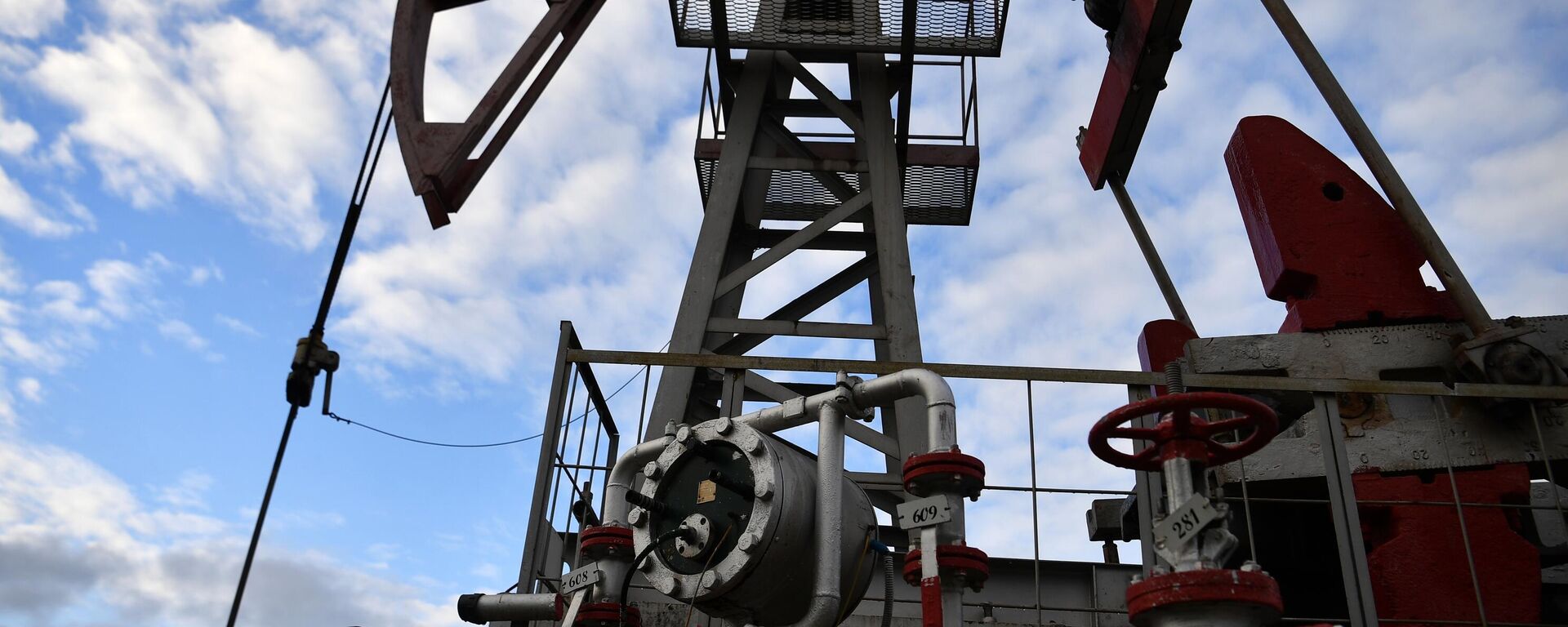The world’s pursuit of energy is a multifaceted journey, and at the heart of this exploration lies the gas manufacturing division. This sector plays a pivotal role in harnessing and delivering one of the most versatile forms of energy—natural gas. From its extraction and processing to distribution and consumption, the gas manufacturing division is a complex yet integral part of the global energy landscape.

From Reservoirs to Pipelines: The Extraction and Gathering Process
The journey of natural gas begins deep beneath the Earth’s surface, nestled within reservoirs. The extraction process involves drilling wells into these reservoirs to tap into the vast reservoirs of natural gas. Once extracted, the gas undergoes processing to remove impurities and ensure its quality. The gathering of natural gas involves the transportation of the processed gas from extraction sites to centralized points, where it begins its journey through the intricate network of pipelines.
Refining the Essence: Gas Processing Plants
Gas processing plants are the unsung heroes of the gas manufacturing division. These facilities refine raw natural gas, separating it into its primary components and removing impurities. Key processes include the removal of water, sulfur, and other contaminants, ensuring that the final product meets stringent quality standards. Gas processing plants are crucial in enhancing the energy content of natural gas and making it suitable for a wide range of applications.
Transporting the Energy: The Role of Gas Pipelines
Gas pipelines form the arteries through which the lifeblood of natural gas flows across vast distances. These pipelines connect production sites with distribution hubs, power plants, and end consumers. The engineering marvel of gas pipelines involves intricate systems to regulate pressure, maintain safety, and ensure the efficient transport of natural gas. The sprawling network of pipelines crisscrosses continents, facilitating the global movement of this essential energy resource.
Powering the Grid: Natural Gas in Electricity Generation
Natural gas has emerged as a significant player in the realm of electricity generation. Power plants equipped with gas turbines convert the energy in natural gas into electricity, offering a reliable and efficient source of power. The versatility of natural gas in electricity generation complements the intermittent nature of renewable energy sources, providing a stable backbone for the modern power grid.
Liquefied Natural Gas (LNG): A Global Energy Player
The liquefaction of natural gas opens doors to global energy trade, transforming it into liquefied natural gas (LNG). LNG facilitates the efficient transport of natural gas across oceans, allowing countries to access diverse energy sources. LNG terminals serve as gateways for importing and exporting this versatile energy resource, fostering international cooperation and energy security.
The Downstream Journey: Distribution and Consumption
As natural gas completes its journey through the gas manufacturing division, it enters the downstream phase, marked by distribution and consumption. Natural gas is distributed to residential, commercial, and industrial consumers through an intricate network of pipelines. Its clean-burning properties make it a preferred choice for heating, cooking, and various industrial processes, contributing to a diverse array of applications.
Challenges and Innovations: Navigating the Future of Gas Manufacturing
The gas manufacturing division is not without its challenges. Environmental concerns, methane emissions, and the transition to renewable energy sources pose significant considerations for the industry. However, these challenges also spur innovations. Advancements in carbon capture and storage (CCS), the development of green gases, and a commitment to sustainable practices are shaping the future of the gas manufacturing sector, ensuring its continued relevance in a rapidly evolving energy landscape.
Global Impact: Gas Manufacturing in the Context of Energy Transition
As the world undergoes an energy transition, the role of the gas manufacturing division is under scrutiny. The shift towards cleaner and more sustainable energy sources poses both challenges and opportunities. Natural gas, with its lower carbon footprint compared to traditional fossil fuels, has a transitional role to play. Balancing the immediate energy needs with long-term environmental goals requires strategic planning, collaboration, and a commitment to a diversified and sustainable energy portfolio.
The Human Element: Careers and Expertise in Gas Manufacturing
Behind the machinery, pipelines, and processing plants, the gas manufacturing division relies on the expertise of individuals who drive its operations. Engineers, scientists, technicians, and a myriad of professionals contribute their skills to ensure the seamless functioning of this critical sector. As the industry evolves, the demand for skilled professionals capable of navigating the complexities of gas manufacturing remains high, highlighting the human element at the core of this energy endeavor.
Conclusion: The Dynamic Landscape of Gas Manufacturing
In conclusion, the gas manufacturing division stands as a dynamic and integral component of the global energy landscape. From the depths of extraction to the distribution networks and the myriad applications in between, natural gas weaves through the tapestry of modern energy. As the world grapples with the challenges of energy transition, the gas manufacturing sector evolves, embracing innovation, sustainability, and a commitment to powering the world in a cleaner and more efficient manner.
